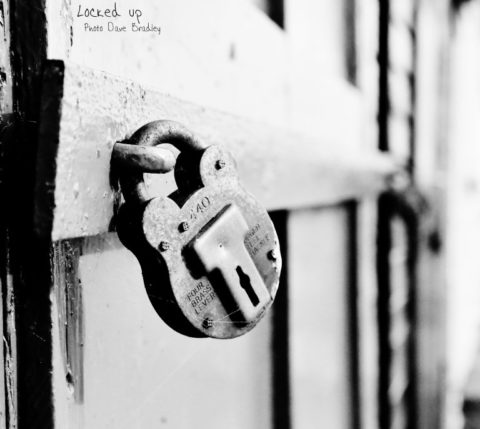Viruses, trojans and other malware that infect your computers and mobile devices can be painful, putting your system out of action, using up all your system resources to act as a zombie member of a botnet etc, etc. They’re best avoid. Active and up to date antivirus software and a strong Firewall are key. Also scanning any file you download with a range of AV programs using VirusTotal is probably a good idea. No protection is 100%, but other than going unplugged and offline you’re always going to be at some risk.

One of the most insidious forms of malware is ransomware. This usually exists for criminal gain. Once your equipment is infected the ransomware will restrict access, disable system restore and locking up all your data files (your documents, photos, mp3s etc) with strong encryption. The only way out is to pay the ransom (which will inevitably make you a target for more unwanted attention). There are some ways to get your files unlocked without paying if you have been infected with an older strain of malware. But, you should assume in the first instance that generally you won’t get your files back without paying, and even then who’s to say that the crims will honour their side of the deal?
So, the prognosis once infected is bad. Prevention is the way forward. There is lots of advice online about not clicking on links in emails. There are notes about disabling the transfer of programs (exe files) in emails (default in Google Mail). And, there are instructions on setting your computer’s permissions and policies to stop files running from the specific areas of your machine in which ransomware is usually deposited. More advice here.
The best piece of advice though, before you get infected is to back up all your data, all your photos, your documents and spreadsheets, any file you created in whatever program that you don’t want to lose. This is general advice that will save you heartache if your hard drive fails too, of course. But, here’s the important thing, you must backup to an external drive and then unplug it, or backup to a network drive but make sure it isn’t mapped to a drive letter on your machine. And, just for a belt and braces approach, backup to a cloud storage service. Any files you modify and any new files you create should be added to that backup too.
Do it now. Go and backup your files!